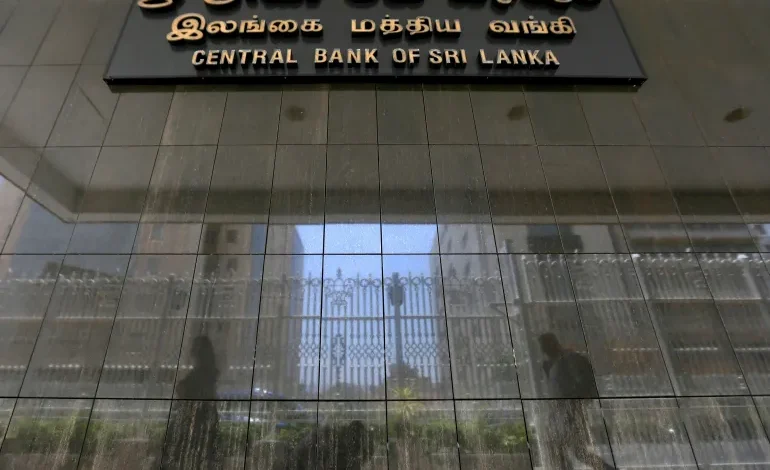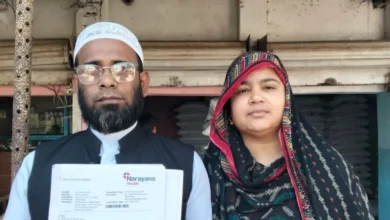The key points of Sri Lanka’s plan to restructure domestic debt

The Central Bank of Sri Lanka (CBSL) has unveiled a far-reaching domestic debt restructuring plan aimed at restoring stability in the crisis-hit country.
The move on Thursday comes as the government tries to meet the conditions of a $2.9bn International Monetary Fund (IMF) bailout agreed upon in March seen as crucial to the economic recovery of the the island nation, which defaulted on its foreign debt for the first time last year.The long-awaited restructuring is needed to help Sri Lanka reach the IMF programme’s goal of reducing overall debt to 95 percent of gross domestic product (GDP) by 2032.
Last year, a foreign exchange crisis left the government unable to pay for imports of fuel, food, medicine and other essentials, leading to protests that brought about the removal of then-President Gotabaya Rajapaksa.
The plan “is not a choice but an inevitable course of action by the government given the fragile budgetary situation in Sri Lanka,” W A Wijewardena, former deputy governor of the country’s Central Bank, told Al Jazeera.
What does the plan include?
Under the domestic debt revamp, holders of locally issued dollar-denominated bonds such as Sri Lanka Development Bonds (SLDBs) will be given three options, according to CBSL Governor Nandalal Weerasinghe.
The first would be a treatment similar to investors in the country’s international sovereign bonds – a 30 percent principal haircut with a six-year maturity at a 4 percent interest rate.
The second will be similar treatment to that being proposed to bilateral dollar creditors: no principal haircut, with a 15-year maturity and a nine-year grace period at 1.5 percent interest rate.
The third will be to exchange their holdings for local currency-denominated instruments: no principal haircut with a 10-year maturity at the SLFR (Sri Lanka standing lending facility rate) + 1 percent interest rate.
Sri Lanka currently has $12.5bn in international sovereign bonds. It also has $11.3bn in bilateral loans.Local currency bonds
Under the plan, local currency bonds held by superannuation funds, including pension funds, will be exchanged for longer maturity bonds (2027 to 2038), which will have 9 percent interest till maturity.
CBSL holdings of treasury bills to be converted to bonds maturing between 2029 and 2038, with a step-down coupon structure. This will be implemented in the second phase of the domestic debt restructuring.
Treasury bills and treasury bond holdings of the banking sector have been excluded from the domestic debt restructuring considering the significant stress on the banking sector at present due to increasing non-performing loans, impact of external debt restructure and high taxation.
Why is the domestic debt rework important?
Treasury Secretary Mahinda Siriwardana said on Thursday the restructuring would cover part of the country’s $42bn in domestic debt.
The move is likely to create momentum around foreign debt renegotiations on $36bn of external debt, including $24bn held by bondholders and bilateral creditors such as China, Japan and India.
Sri Lanka has set a goal of finalising debt restructuring talks by September to align with the first review of its IMF programme.
What’s next?
The domestic restructuring framework will now be presented to Parliament on Saturday for approval. CBSL hopes to finalise the bond exchange of superannuated funds by the of July.
Sri Lanka declared a five-day holiday from June 29 to July 3 in a bid to contain any potential market volatility. The special bank holidays also allow any losses from bond sales to be recognised in the third quarter of the year, analysts said.










